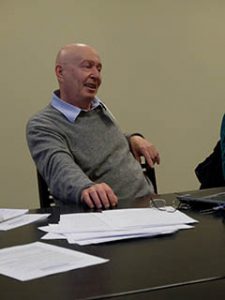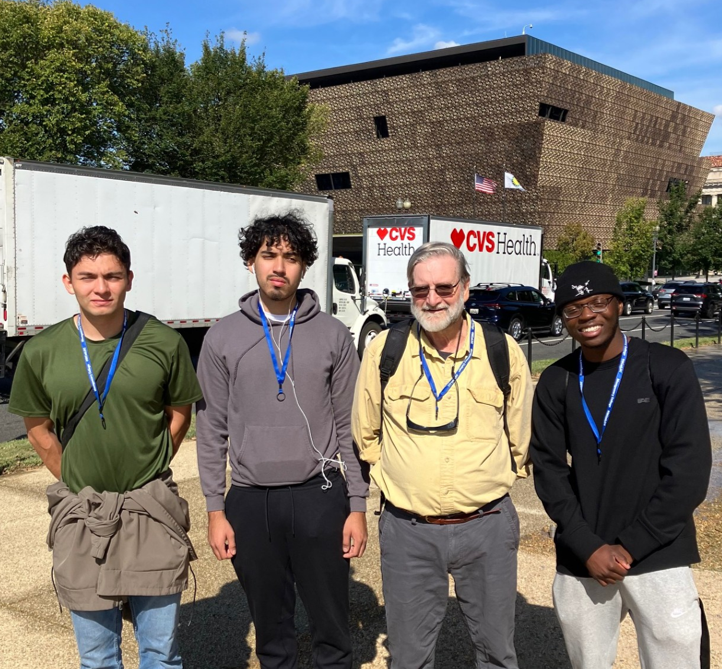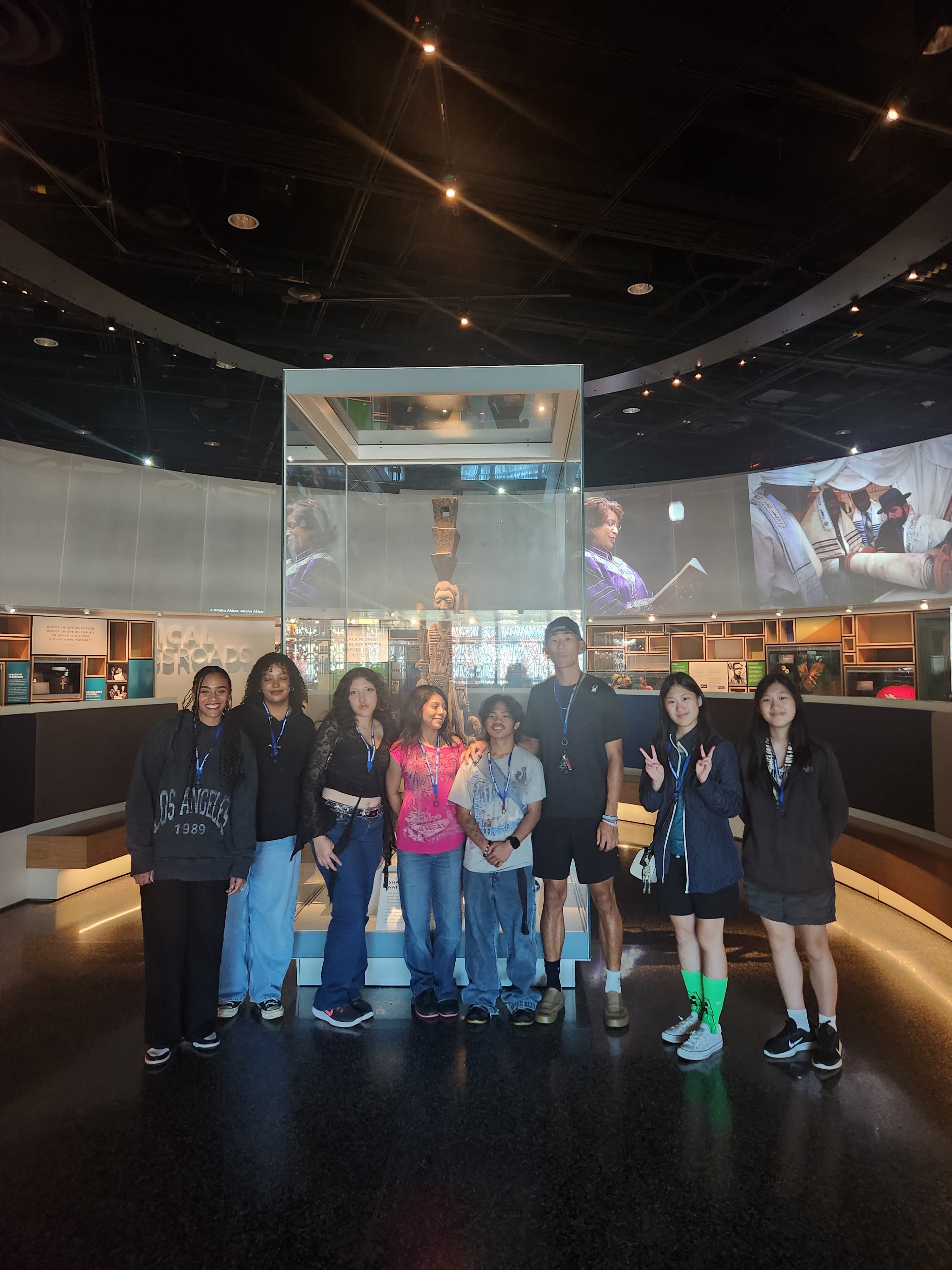By Professor Tiffany Banks On Tuesday, September 30th , students from my COMM 108: Foundations…
We couldn’t have asked for a more multifaceted, stimulating way to start of our 2017 Seminar series.
Per tradition, our opening session was a panel discussion where various aspects of this year’s theme, Social Justice: America’s Unfinished Story of Struggle, Strife and Sacrifice, was discussed through the perspective of four speakers.

Following welcome remarks by Philippa Rappoport, who coordinates the Smithsonian side of our program, we began the afternoon program with a presentation titled “Living on the Changing Planet: Why Indigenous Voices Matter”, by Dr. Igor Krupnik. Cultural anthropologist with the Smithsonian Arctic Studies Center. Dr. Krupnik’s understanding of the need to include indigenous voices in the conversation on climate change is based on his more than 45 years of work with people of the arctic region. His presentation provided an important historical perspective on internal efforts at cooperation in this area and lessons learned, culminating in the following conclusions: 1) all global change is a combination of many local processes; global actions to combat climate change will be visible primarily at the local level; 2) self-reliance: local policies and actions can make a difference; 3) the course of climate mitigation has to be just and account for both past and present injustices, unequal rights and must consider the plight of the most vulnerable groups who have often been disposed to the most vulnerable areas; 4) Lasting adaptation cannot be imposed by decree or via international negotiations but should be part of a philosophy of belonging to a particular environment; 5) there are many intimate spiritual ways of people’s realities with Nature and 6) even small actions can make a difference in a particular environment that people call home. By taking these lessons into account, climate change polices will reflect an increase in levels of humani

sm.
Our next speaker, Lanae Spruce, Manager of Social Media and Digital Engagement at the National Museum of African American History and Culture (NMAAHC) gave a lively presentation on the use of live social media as a means to engage both visitors to the museum and those in the larger community. During her presentation, “Telling Inclusive Stories” she reviewed ways NMAAHC has used Twitter, Instagram, live streaming and public programming to reach a larger audience than can be present at the museum on any given day. Mobile video storytelling through use of an Instagram photo studio and Snapchat is allowing the museum to connect with new audiences of non-traditional museum visitors. Efforts have also included joining with other museums and combining resources.
Our third speaker, Ranald Woodaman, is Exhibitions and Public Programs Director for the Smithsonian Latino Center. His presentation, “Making Latino History Matter: Reflections on Social Impact and Museum Work” reviewed the 20-year history of the Smithsonian Latino Center. Over the last two decades, their work has extended to acquiring collections, establishing a Latino Museum Studies program that has seen 290 men and women complete the program, as well as hiring practices while at the same time educating the institution itself through a program for the 19 member museums of the Smithsonian. The Center has helped expand understanding of the complexity of the Latino story within the larger story of American History, an awareness that will continue to help move the story forward.
This led nicely to our last speaker, Dr. E Carmen Ramos, Curator of Latino art for the SI American Art Museum whose presentation on “Seeing Social Justice: Latino Artists and the Urban Crisis” focused on the way photography can convey this story. As curator of the upcoming exhibit, Down these Mean Streets: Community and Place in Urban Photography, the Fellows were given an overview of the urban crisis that was being chronicled through photographers in affected areas, and provided a counter-narrative to what was more generally being reported. Our group was also fortunate to get a behind-the-scenes look at photographs that are being readied for the exhibit which will run from May 12-August 6 at the American Art Museum. Dr. Ramos’s rich presentation and discussion of the photographs chosen provided an example of just how museum objects can be used as teaching tools and sparked thoughtful questions and conversation among our group.





This Post Has 0 Comments